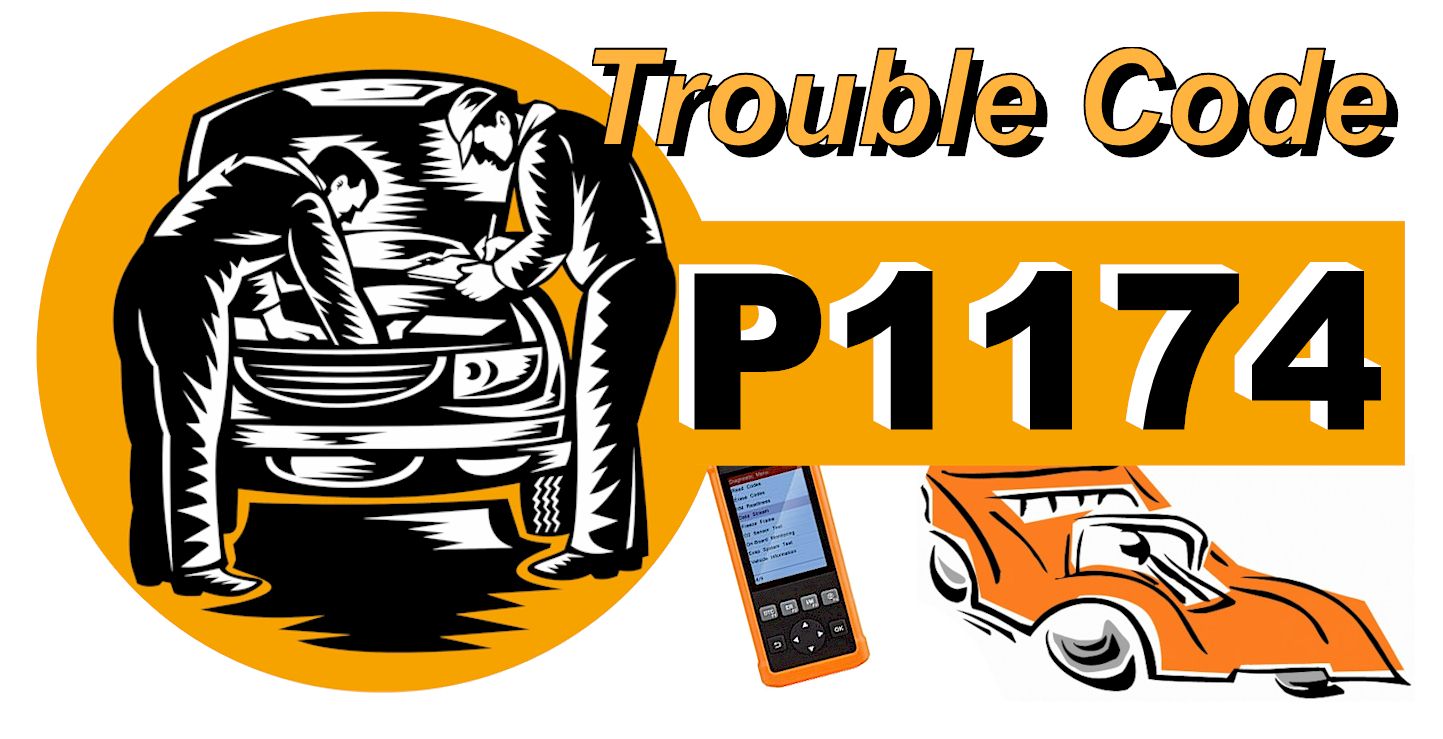Introduction
Maintaining an optimal fuel trim balance is vital for any vehicle’s performance and fuel efficiency. Fuel trim refers to the adjustments made by the engine control unit (ECU) to alter the air-to-fuel ratio supplied to the engine. The ECU monitors various sensors, including oxygen sensors, to analyze the exhaust emissions and adjust the fuel injection or airflow to ensure a stoichiometric ratio (ideal air-to-fuel ratio). When a cylinder balance issue arises in bank 1, it can lead to an imbalance in fuel trim, resulting in decreased engine performance and increased fuel consumption. Understanding how to fix fuel trim cylinder balance bank 1 is crucial for addressing these issues and restoring engine efficiency.

Image: curateview.com
Symptoms of Fuel Trim Cylinder Balance Bank 1 Issues
- Rough idle or engine stumbling
- Reduced engine power
- Increased fuel consumption
- Check engine light illumination
- Diagnostic trouble codes (DTCs) related to fuel trim or cylinder balance
Causes of Fuel Trim Cylinder Balance Bank 1 Problems
- Faulty oxygen sensor
- Vacuum leaks
- Fuel injector issues
- Ignition coil or spark plug problems
- Valve train problems
- Engine mechanical issues (e.g., worn piston rings)
Troubleshooting and Repair

Image: autolawnow.com
1. Inspect Oxygen Sensors
Oxygen sensors play a vital role in fuel trim adjustments. Bank 1 includes cylinders 1, 3, 5, and 7, and the oxygen sensor associated with these cylinders should be inspected for any damage, contamination, or loose connections. Replace the sensor if necessary.
2. Check for Vacuum Leaks
A vacuum leak allows unmetered air to enter the engine, influencing fuel trim calculations. Inspect all vacuum lines and connections around the intake manifold, PCV valve, and EGR system for leaks. Use a smoke machine or carb cleaner to identify potential leaks.
3. Examine Fuel Injectors
Fuel injectors deliver fuel to the combustion chamber and a malfunctioning injector can affect cylinder balance. Listen for any unusual ticking sounds from the injectors and check for leaks or clogs. Use a fuel injector cleaner or have the injectors professionally serviced if needed.
4. Inspect Ignition Coils and Spark Plugs
Ignition coils and spark plugs ignite the air-fuel mixture. Weak or faulty coils or worn spark plugs can disrupt combustion in individual cylinders. Replace any defective components.
5. Valve Train Inspection
Valve train issues, such as worn valve guides or sticking valves, can lead to poor cylinder sealing and combustion efficiency. Listen for any unusual valve noises and have a mechanic perform a valve train inspection and adjustment if necessary.
6. Check for Engine Mechanical Problems
In extreme cases, fuel trim issues can result from underlying engine mechanical problems. Worn piston rings or damaged valves can allow excessive blow-by, affecting cylinder balance. These issues may require professional diagnosis and repair.
How To Fix Fuel Trim Cylinder Balance Bank 1
Conclusion
Fuel trim cylinder balance bank 1 issues can compromise engine performance and fuel economy. By understanding the causes and following the troubleshooting steps outlined in this guide, you can effectively identify and resolve these problems. Prompt repair and maintenance are crucial to restore proper fuel trim balance and ensure the optimal functioning of your vehicle.